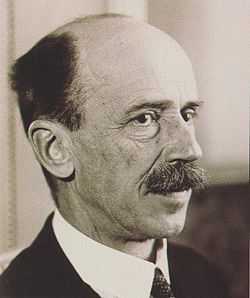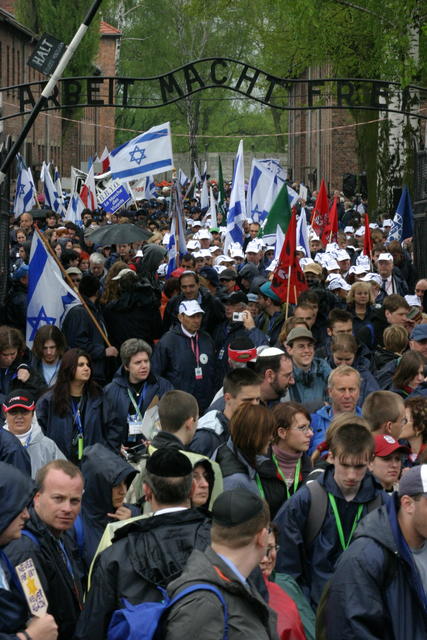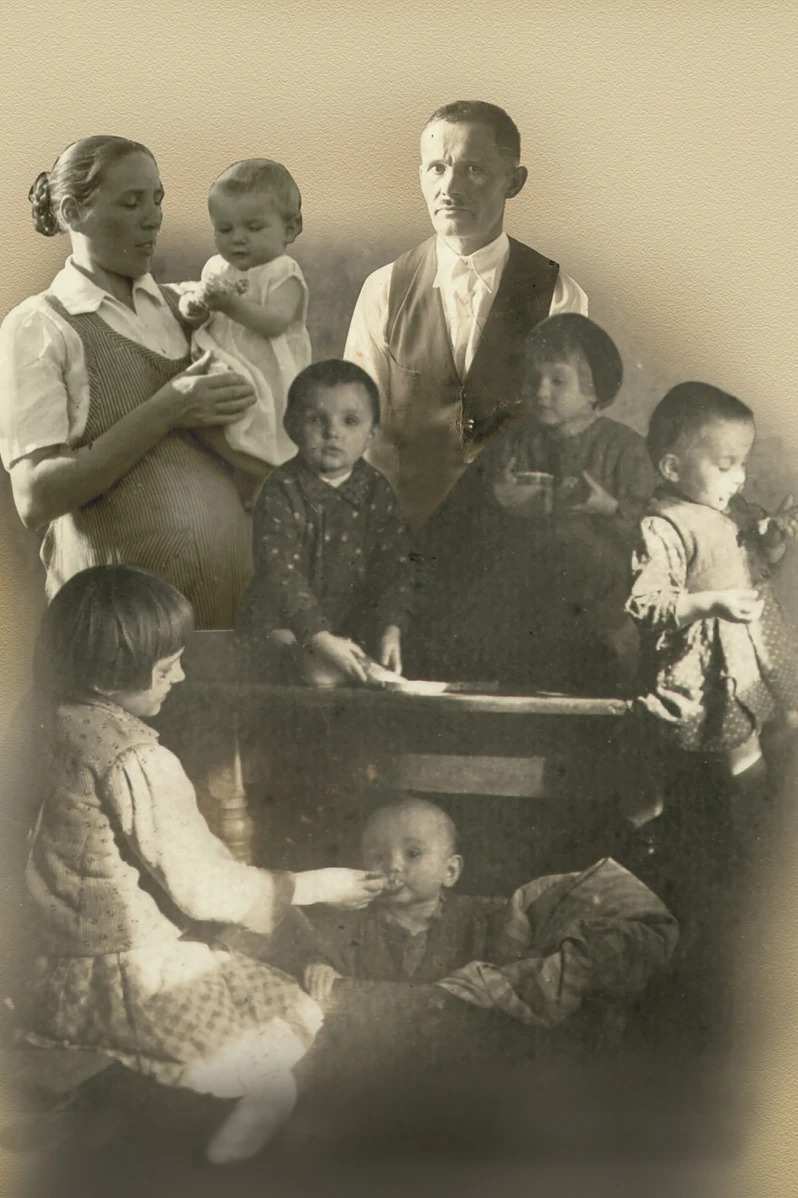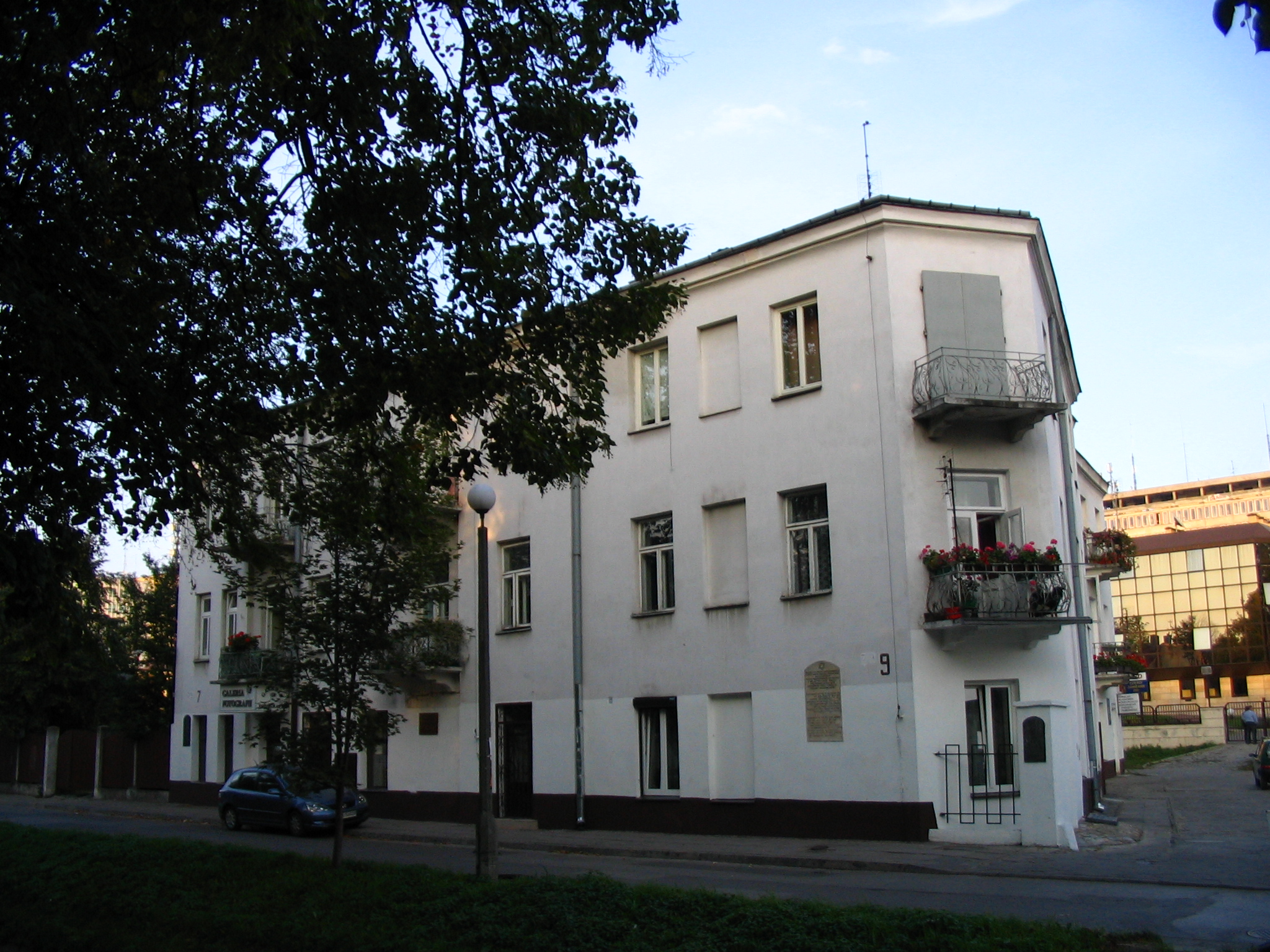Preludes – Counter-revolutionary governments – Szeged
Fact of the Hungarian figure „Arrival of Horthy”
Part of the „Creation of the modern states (1918-1920)” topic
Szeged played a key role in the events leading to the arrival of Miklós Horthy in Budapest and the establishment of his regime. Following the chaos and turmoil of post-World War I Hungary, including the fall of the Hungarian Soviet Republic, Szeged became a center for counter-revolutionary activity. It was here, in the summer of 1919, that Horthy and other nationalist and conservative forces began organizing their efforts to overthrow the socialist government and restore order in Hungary.
In Szeged, a counter-revolutionary government was formed, supported by various anti-communist factions, including monarchists, conservatives, and those opposed to the radical changes brought about by the communist regime. Horthy emerged as a key figure in this movement. Backed by French and Romanian forces, who were eager to stabilize the region and prevent further Bolshevik influence, Horthy’s army began its march toward Budapest.
The significance of Szeged in this context extends beyond Hungary, reflecting the broader Central European struggle against Bolshevism and the desire to restore traditional social orders following the collapse of empires. The counter-revolutionary movement in Hungary was part of a larger pattern of political realignment in Central Europe, where conservative and nationalist forces sought to regain control amidst the chaos of post-war restructuring.
Vienna, the capital of Austria, played also a main role in the prelude to Miklós Horthy’s rise to power in Hungary, particularly through the activities of the Anti-Bolshevist Comité. Established in 1919, this committee was formed by Hungarian exiles and conservative forces in response to the rise of the Hungarian Soviet Republic under Béla Kun. The committee was crucial in coordinating efforts to overthrow the communist regime in Hungary and restore a conservative, nationalist government.
Key figures involved in the Anti-Bolshevist Comité included Count István Bethlen, a prominent Hungarian politician who later became Prime Minister of Hungary. Bethlen was instrumental in organizing the committee’s activities and securing support from the Entente powers. Another significant figure was Miklós Bánffy, a Hungarian aristocrat and diplomat who played a vital role in the committee’s diplomatic efforts to gain international backing for the counter-revolutionary cause. Alongside them was Gyula Gömbös, a military officer and fervent nationalist who was deeply involved in organizing the military aspects of the anti-Bolshevik efforts.
Vienna served as a strategic base for these figures and others, including General Pál Teleki, who would later become Prime Minister of Hungary. The Anti-Bolshevist Comité worked tirelessly to undermine the Hungarian Soviet Republic, using Vienna as a center for propaganda, diplomatic negotiations, and the organization of military forces aimed at reclaiming Hungary from Bolshevik control.

The collaboration and efforts of figures like Bethlen, Bánffy, and Gömbös in Vienna were crucial in building the international and domestic support necessary for the success of the counter-revolutionary forces. Horthy’s eventual arrival in Budapest in November 1919, leading to his appointment as Regent of Hungary in 1920, marked the culmination of these efforts. His regime would shape Hungary’s interwar period, reflecting both the impact of the counter-revolutionary government formed in Szeged and the broader Central European dynamics of the time. The events in Szeged are thus crucial to understanding the prelude to Horthy’s rule and the political landscape of Central Europe in the early 20th century.





